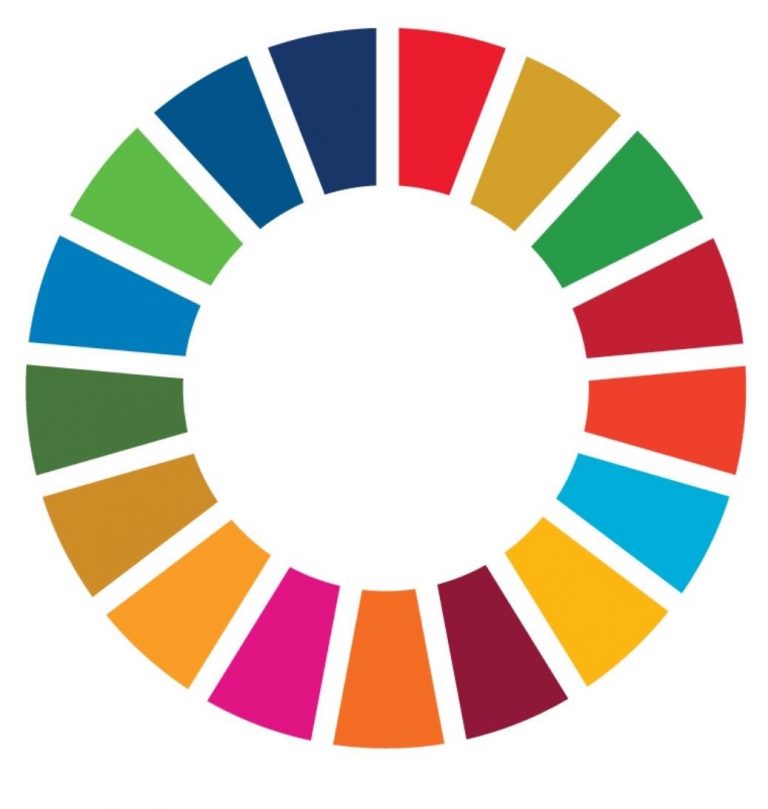Yesterday, June 3rd, the third annual United Nations Fashion Lifestyle Network meeting was held at the United Nations Headquarters in New York City.
The Conscious Fashion and Lifestyle Network is an initiative of the United Nations Office for Partnerships and the Fashion Impact Fund. The platform acts as a catalyst for sustainable development in the fashion and lifestyle sectors.
The event brought together industry professionals, media and UN representatives to present initiatives, solutions and progress in the fashion and lifestyle sector.
Photo: United Nations Fashion Lifestyle Network
United Nations Fashion & Lifestyle Network Annual Meeting
This year’s conference focused on increasing sector engagement in the implementation of the Sustainable Development Goals (SDGs) and sought to address the most pressing challenges across various sectors, including fashion, apparel, textiles, jewellery, lifestyle and travel, and explored how these sectors are leveraging their expertise, innovation, technology and resources to create a fairer and more equal future for all.
The fashion industry is responsible for around 10% of global carbon dioxide emissions and 20% of wastewater emissions. The lifestyle sector, which includes home goods and travel, is a major contributor to resource depletion and environmental degradation. But these two industries are also taking steps to become a bigger part of the solution.
The event was attended by representatives from the fashion and lifestyle industry, including Swarovski, Parsons School of Design, Swedish Textile School, UNESCO, UNWTO, UN Fashion Lifestyle Network 2024 thought partners Kalik Denim, Lenzing, Messe Frankfurt Textiles Network, Recover, The Lycra Company, Theory and US Cotton Protocol.
One of the participants, Karin Randall, senior lecturer and researcher at the Swedish Textile School, announced the school’s new collaboration with the United Nations.
Lukie Trash
As a partner of the UN Fashion Lifestyle Network Annual Meeting, Calik participated in the panel “Thread by Thread: Navigating Sustainable Textile Practices in the Fashion Industry,” featuring Rukiye Kuzu, Marketing Executive at Calik Denim, to discuss the latest sustainable textile initiatives.
Jan Hegedus, Sustainability Director at The Lycra Company, also took to the stage and participated in a panel discussion called “Elevating Fashion: Sustainable Practices and Strategic Insights in the Apparel Industry.”
Hegedus spoke about the company’s recent partnership with Qore to begin using Qira products, a patented bio-based Lycra fiber that is expected to be available by early 2025 and contains 70% renewable material derived from waste corn. This new development could reduce the carbon footprint of Lycra fiber by up to 44%.
“Collaboration between the various textile industry actors along the supply chain is essential to achieve sustainability goals and reduce carbon emissions,” Hegedus said. “We are committed to providing our customers with solutions to common challenges such as decarbonization,” she continued.
Jean Hegedus
Recover, a materials science company and producer of premium recycled cotton fibers, has also joined the effort as a 2024 Thought Partner, reaffirming its commitment to the Sustainable Development Goals (SDGs) and support for the Ten Principles of the UN Global Compact.
“Partnering with the UN Fashion Lifestyle Network is a groundbreaking milestone for Recover as we believe strategic alliances are essential to drive meaningful change in the fashion industry. We also believe that true innovation is about creating value not only for business and industry, but also for society and the environment, contributing to a more sustainable future for fashion,” said CEO Anders Sjöblom.
See also:
Get ready for the next UN Conscious Fashion & Lifestyle Network
Read more →
Lycra Company’s Williamson: “We’ve been making people comfortable for 65 years.”
Read more →
Serhat Karaduman, CEO of Kalikdenim: “We have already achieved most of our 2025 targets”
Read more →
How the United Nations is driving progress towards the Sustainable Development Goals
Read more →
Source link


